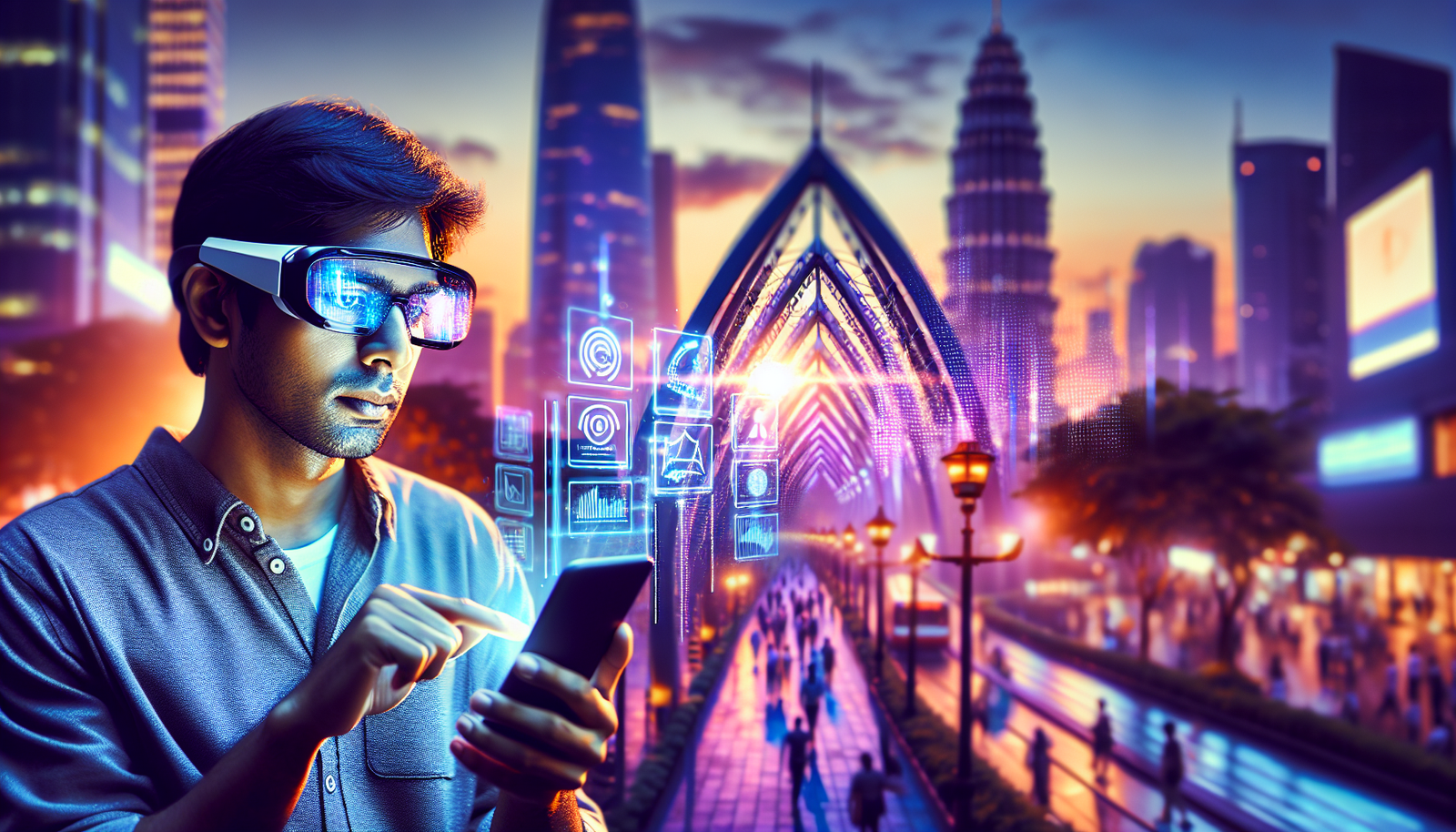Technological innovation is radically transforming how visually impaired individuals interact with their environment. AI-powered software provides an immersive experience by instantly describing surrounding elements. This significant advancement frees users from visual limitations, offering them unprecedented autonomy and enhanced social integration.
*Access to information becomes immediate and intuitive.* The challenges of accessibility and inclusion take on a new dimension thanks to high-performance devices that combine artificial intelligence and wearable technology.
*Imagining a world where every moment is illuminated by detailed descriptions* offers visually impaired people the opportunity to perceive their space with renewed clarity and appreciated comfort.
Technologies Serving the Visually Impaired
The Third Eye project is among the major innovations using artificial intelligence to assist visually impaired individuals. By integrating a platform like Raspberry Pi, this project provides tools that make the environment more accessible. The combination of miniature computing power with advanced algorithms transforms how users perceive their surroundings.
Environment Description by AI
A notable development in this field comes from the WorldScribe tool, developed by researchers at the University of Michigan. This software uses AI capabilities to describe in real-time what surrounds the user. Presented at the ACM Symposium 2024, this tool illustrates how technology can enhance the daily lives of visually impaired individuals.
Existing Applications
Applications like Seeing AI from Microsoft showcase the potential of AI in environmental description. This app helps visually impaired individuals understand their surroundings by providing real-time visual information. The concept goes beyond simple descriptions; it is a true assistance for navigating complex spaces.
Smart Glasses
The collaboration between the Dutch startup Envision and Google has resulted in glasses powered by AI. These glasses help visually impaired individuals identify objects and navigate various environments. With this technology, users can enjoy increased autonomy in their daily lives.
French Innovations
In France, Oorion has developed an application that uses AI to describe the immediate environment of visually impaired individuals in real-time. This app stands out for its ability to provide valuable and intuitive assistance, thereby promoting the inclusion of people with visual impairments in public spaces.
Audio Technologies
Applications like Soundscape utilize 3D audio technologies to provide sound cues that guide non-sighted users. In France, this application allows for a better understanding of the environment through auditory feedback, thereby facilitating mobility.
Perspectives on AI and Its Impact
Despite the advancements made, some experts believe that AI is just one ingredient among others in the quest for inclusion. Jérôme Plante, who is visually impaired, emphasizes that technology should not replace human efforts for inclusion.
This combination of tools and applications continues to evolve, offering new perspectives for visually impaired individuals. Recent innovations demonstrate that AI is a powerful vector for transforming the daily experiences of users, enabling them to interact more confidently with the world around them.
Frequently Asked Questions
How does AI-powered software work for visually impaired people?
These programs use artificial intelligence algorithms to analyze the environment via a camera or sensor. They then describe objects, signs, and obstacles in real-time, allowing users to better understand their surroundings with increased safety.
What are the main applications of AI in environmental description for the visually impaired?
Applications include tools such as smart glasses and mobile applications that, utilizing AI, provide practical visual descriptions of the surroundings. Notable examples include applications like Oorion and Envision AI, which facilitate interaction with the environment.
Is an internet connection necessary to use these software programs?
It depends on the software. Some tools work entirely offline once downloaded, while others require an internet connection to process data in real-time or to access updates and additional features.
Are these tools suitable for all levels of visual impairment?
Yes, most software are designed to be accessible to individuals with different levels of visual impairment. They can provide detailed descriptions, but features may vary based on the specific needs of users.
What types of information can these software provide in real-time?
They can provide information such as descriptions of the immediate environment, object identification, face recognition, distance indications to objects, and even alerts about potential obstacles.
How do these software improve the autonomy of visually impaired individuals?
By providing accurate and instantaneous descriptions of their environment, these tools allow users to navigate more freely and safely, thereby reducing their dependence on external aids and enhancing their self-confidence.
What technical challenges are faced by these software?
Challenges include the accuracy of object recognition in different lighting conditions, the need for fast data processing to be real-time, and the limitations of artificial intelligence in facing complex environments.
Can we expect significant improvements in future versions of these software?
Yes, with ongoing advances in artificial intelligence and machine learning, we can expect increasingly powerful software capable of offering more detailed descriptions and better adapting to the individual needs of users.






